Several months ago, (July 2017, scroll down); I talked about the relevancy of ADS, and perceived problems at that time.
Since then I had hoped the Society had turned around. The disputed affiliate agreement with USEF has been reinstated, (a big thank you to those who put in huge effort to achieve this), things appeared to be improving, and there was a palpable buzz at the October Annual Meeting.
Unfortunately, things seem to have totally stalled after the meeting. Sources I consider very reliable (and who I will NOT name in this article) have indicated that the Executive Director and several members of the Board Executive Committee have resigned or somehow left. I’ve heard there’s a distinct lack of harmony among Board members, who just can’t seem to pull together.
Another invitation to provide a permanent home for the ADS at the National Horse Center (at KHP) has gone completely ignored, this after an actual site visit, as well.
Where then, might the ADS go from here? I realize the future lies squarely on leadership, but so far progress seems to be very painful. I have a few suggestions that some may find controversial, but I believe have merit.
The competitive areas of ADS should be eliminated entirely. The Board should approach U.S. Eventing (USEA) and negotiate the Eventing Association to assume management of Combined Driving. They are essentially the same sport and the wheel of USEA is already rapidly spinning. ADS should take advantage of that now.
The same should be done with Pleasure Driving Shows with the USEF. USEF already has purview over Pleasure Driving, plus driving classes in a multitude of breed ring shows. It wouldn’t be hard at all to have USEF do them all. Another possibility would be to relinquish the Pleasure division to Carriage Assoc of America, as much of those shows feature vintage carriages, the CAA’s special area of expertise.
ADS should eliminate the Whip and Wheelhorse, very draining on ADS resources with little information that isn’t well covered in other publications.
Training of all licensed driving officials should be conducted by USEF to ensure standards and uniformity. ADS can assist by coordinating and assisting Learner Officials in both divisions by matching Learners with Mentors at shows and essentially “smoothing the way” to help Learners move along toward recognized status. In addition, ADS could identify and coach members interested in pursuing that track.
As I mentioned in the previous article, dues for ADS currently are higher than the other 8 horse sport organizations I belong to and support. Dues should immediately be reduced to $35 or $40/year for individuals.
ADS should concentrate on the huge (non-competing) majority of its membership by encouraging grassroots participation in recreational driving, building the sport by holding events to demonstrate and attract new drivers, maintain a drastically reduced Omnibus that wouldn’t need to include recognized CDSs and Pleasure Shows. ADS should also develop and encourage implementing driving programs in sister organizations, like Pony Club, 4H, and breed organizations. A couple more great avenues for the ADS to develop are Distance Driving and Trek Driving. Both great fun, yet with less competitive nature than CDE or Pleasure Showing.
While I believe current leadership is well-intentioned, the ADS website now shows 25 active Directors. This is a very large and unwieldy number! Twenty-five different people can’t agree on anything as a group, and in-fighting is to be expected in a group this large and diverse! Ways should be found to cut the Board to 12 or 15 people, 3-year terms, with 1/3 of the Board being up for election every year. There should be limits of 2 consecutive terms, with a minimum 2-year break before being able to run for a position again. The Board positions should be open and available for any Society member in good standing to run, with members volunteering for positions as desired. Biographies of those wanting to run should be distributed to every active member well prior to the annual meeting. Additionally, open nominations should be taken “from the floor” at every annual meeting, before voting takes place.
That looks like the only way to a viable future for the American Driving Society.
Any thoughts?
After all, this is…Just One Man’s Opinion.
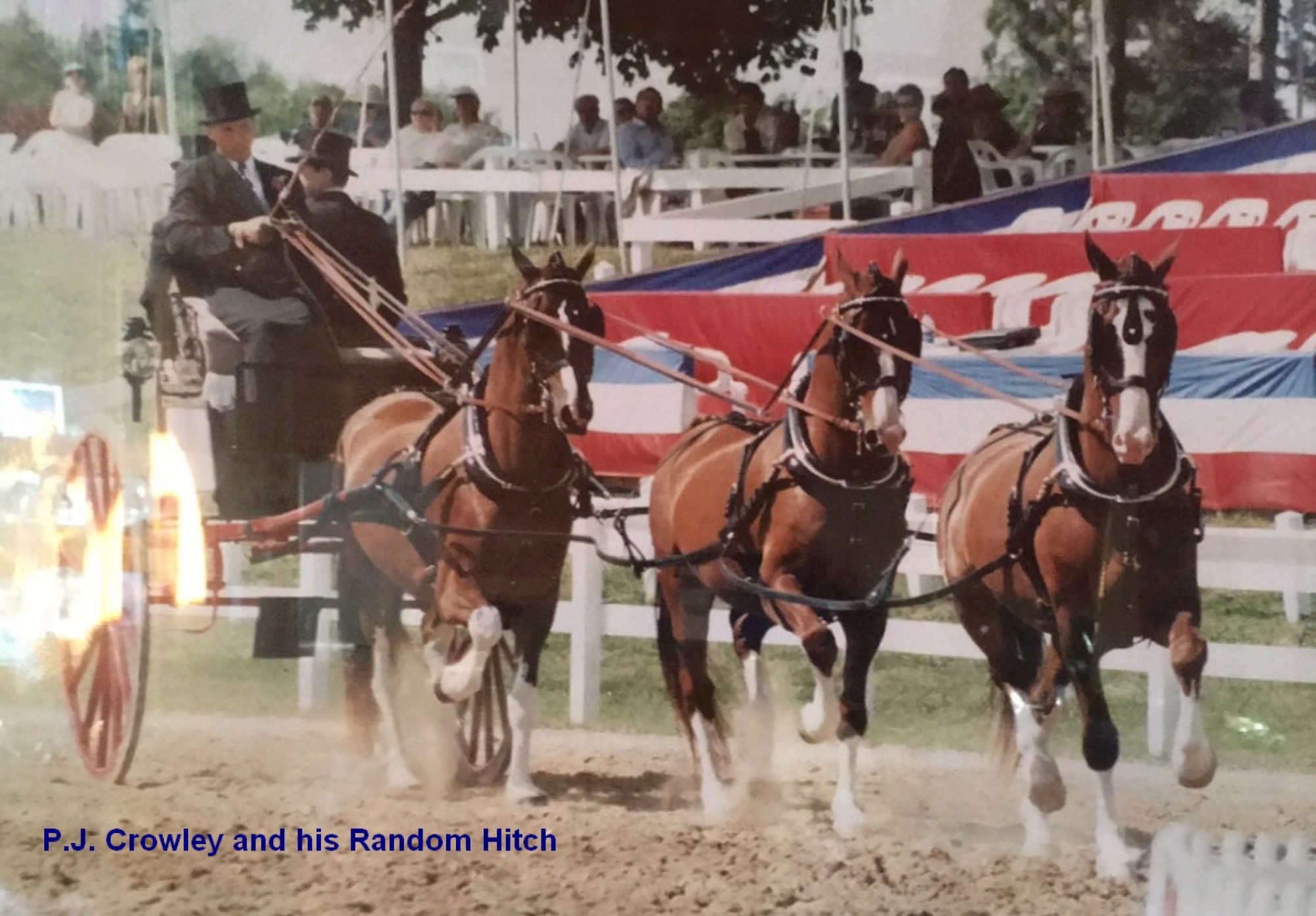
 at the 4 star levels. ( Think Rolex 3 Day, the very top, international level). This poster stated that her “big time trainer” could not have possibly been more accommodating, helpful, and of value if she tried. She had an overwhelmingly positive experience with both horses and was anxious to tell everyone about it, even posting her own blog!!
at the 4 star levels. ( Think Rolex 3 Day, the very top, international level). This poster stated that her “big time trainer” could not have possibly been more accommodating, helpful, and of value if she tried. She had an overwhelmingly positive experience with both horses and was anxious to tell everyone about it, even posting her own blog!!




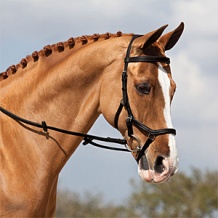 and Eventing Dressage, the Micklem bridle. First, if you are using one, throw out the
and Eventing Dressage, the Micklem bridle. First, if you are using one, throw out the 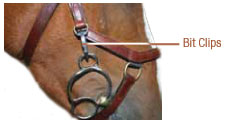 plastic clips or “bit keepers.” They are illegal in most competition, and not needed.
plastic clips or “bit keepers.” They are illegal in most competition, and not needed.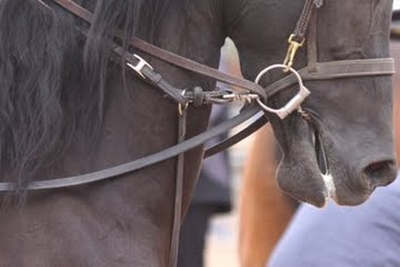
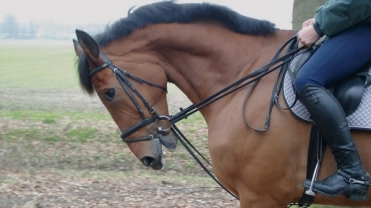
Recent Comments